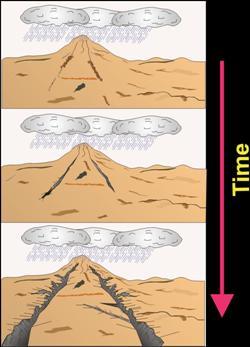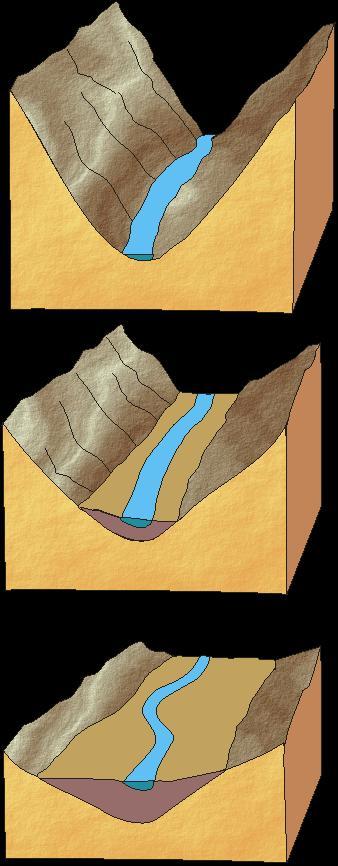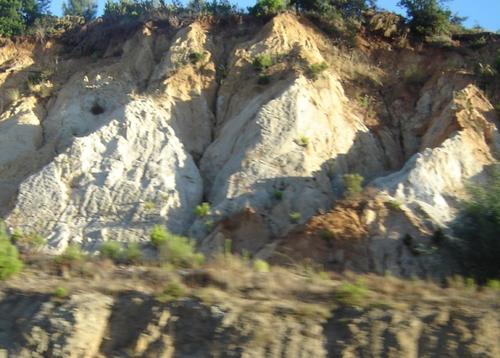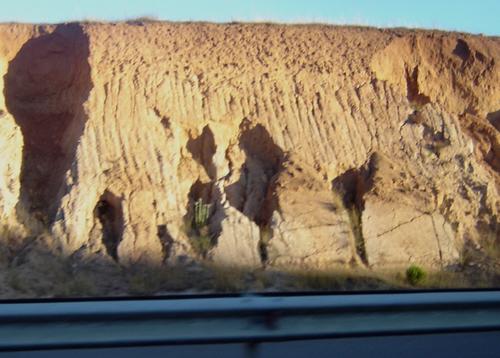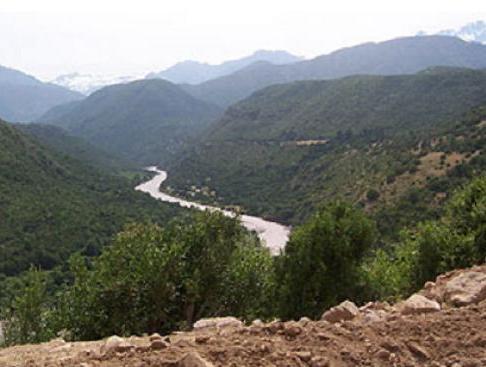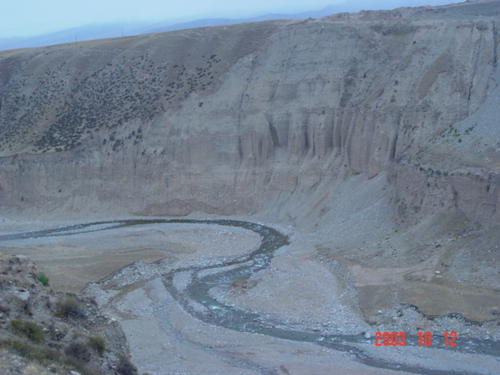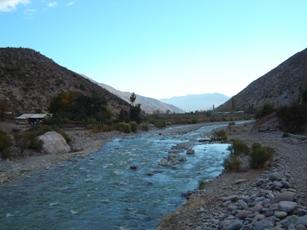Water Erosion
Development of gully erosion
Image Credit: MBG
Erosive activity at different stream gradient
Image Credit: MBG
Examples of intense gully erosion. Concepcion
Image Credit: MBG
Examples of intense gully erosion. Concepcion
Image Credit: MBG
Erosive activity at different stream gradient
Image Credit: MBG
Erosive activity at different stream gradient
Image Credit: MBG
Erosive activity at different stream gradient
Image Credit: MBG
Splash erosion: Raindrops may have sufficient kinetic energy when they fall on soil that the impact can produce detachment and airborne movement of small soil particles.
Sheet erosion is produced by heavy rain on bare soil where water flows as a sheet down gently sloping land, removing soil particles in thin layers more or less evenly.
Runoff occurs where precipitation exceeds soil infiltration rates. Surface runoff turbulence can often cause more erosion than the initial raindrop impact.
Heavy rainfall or the melting of snow create running water which removes soil by sheet, rill, or gully erosion.
Rill erosion occurs in discrete streamlets carved into the soil. When rills become too deep to be removed by plowing, gullies form.
Gully erosion results where water flows along a linear depression eroding a trench.
Valley or stream erosion is produced when water continuously flows along a linear feature, eroding downward, deepening the valley, and extending the valley headward towards the hillside.
In all stages, the most intensive erosion occurs during times of flood, as more and faster-moving water can act more erosively because it can carry a larger sediment load (clay and silt as suspended particles, sand-siozed grains as saltation load, and pebbles and boulders as rolling/sliding bedload).
In early stages of stream erosion, the erosive activity is dominantly vertical with stream gradient relatively steep forming valleys with typical V cross section.
When some base level is reached, the erosive activity switches too lateral erosion, which widens the valley floor and creates a narrow floodplain.
When stream gradient becomes nearly flat, meanders form, and lateral deposition of sediments becomes important.
In all stages the most intensive erosion occurs during times of flood, as more and faster-moving water act more erosively as it carry a larger sediment load (suspended abrasive particles, pebbles and boulders).
